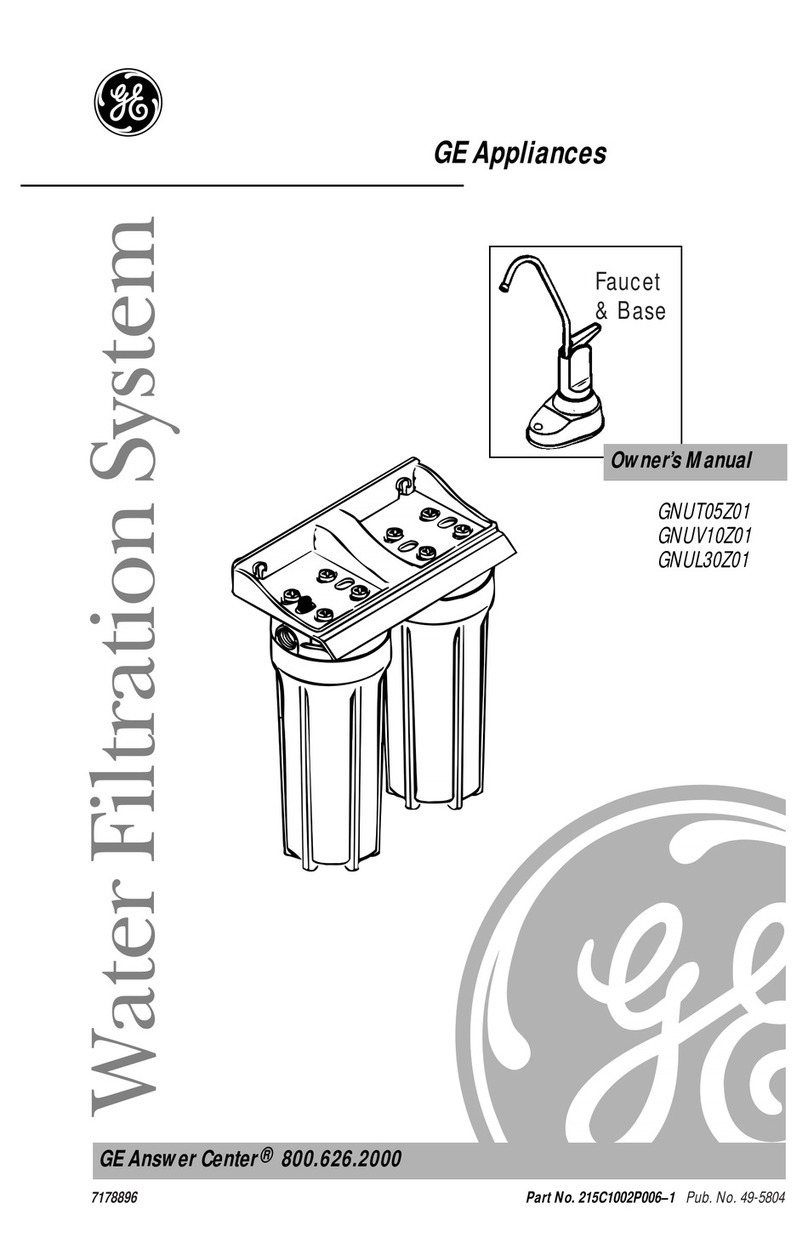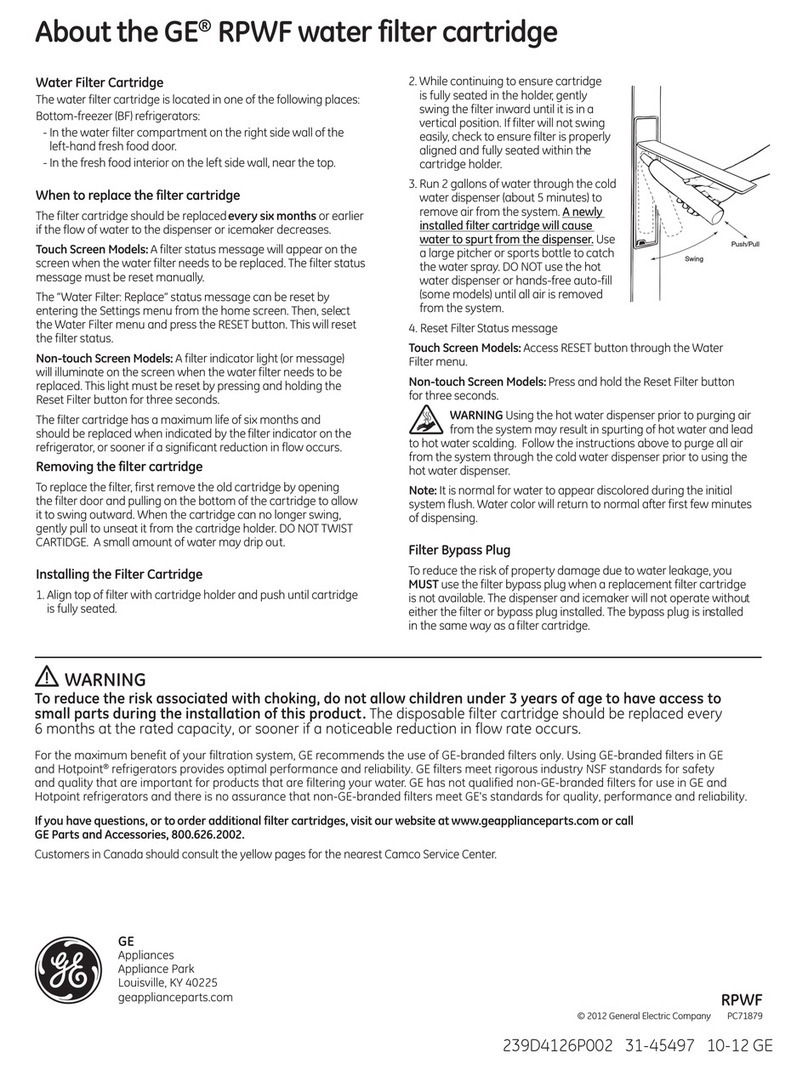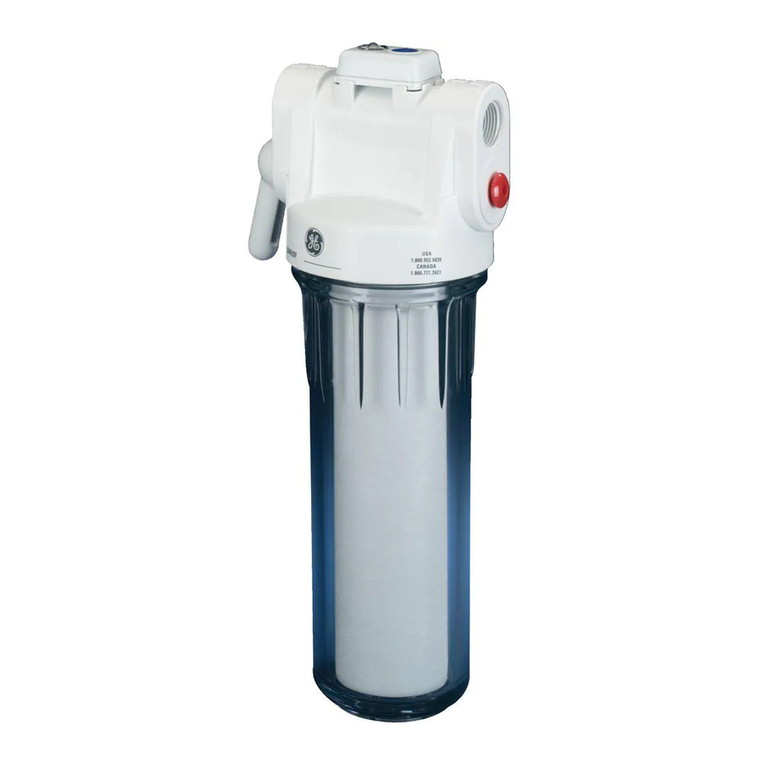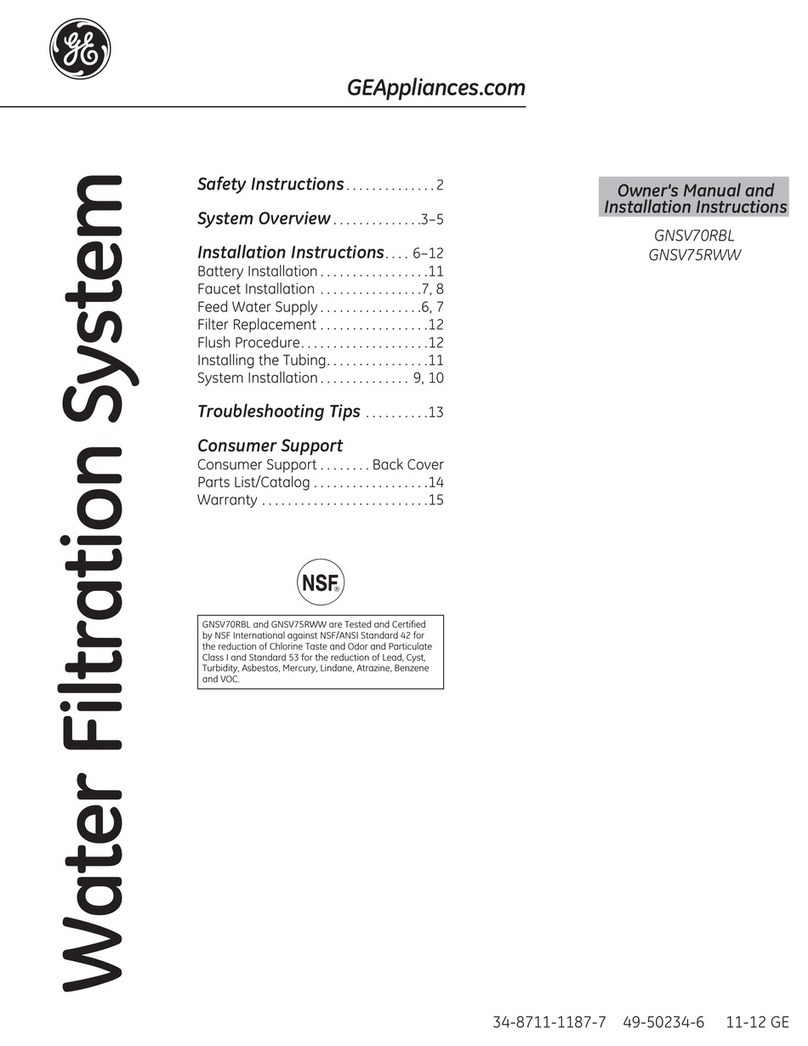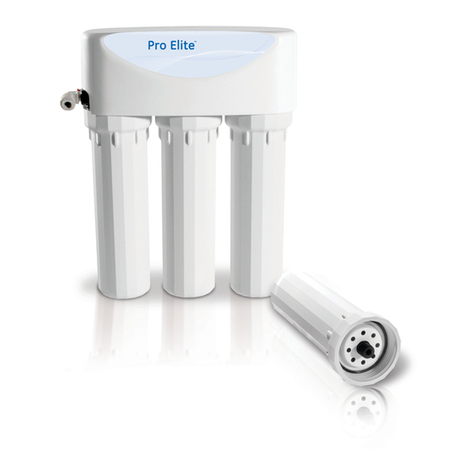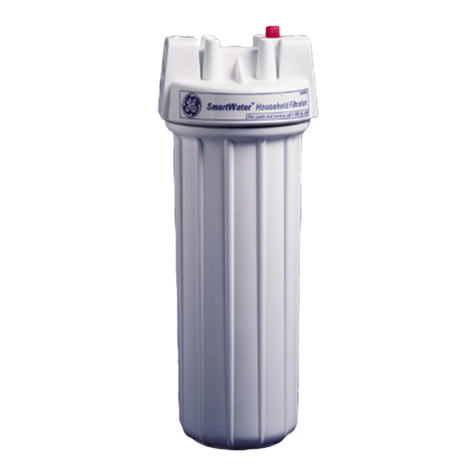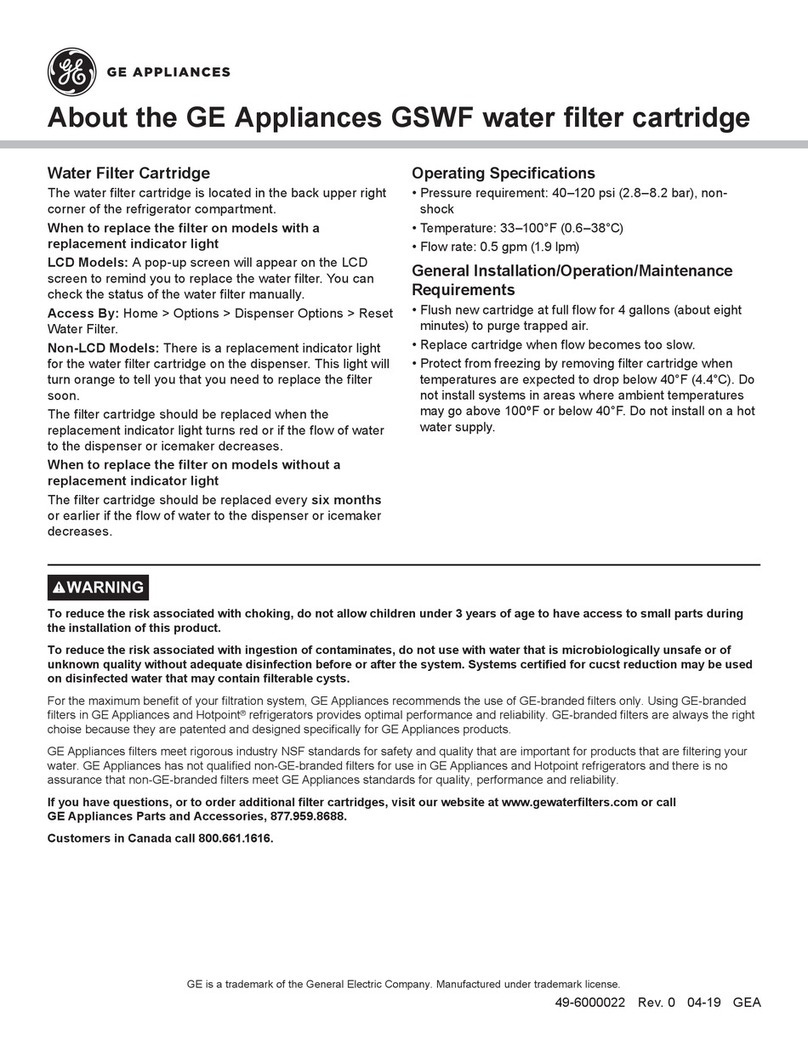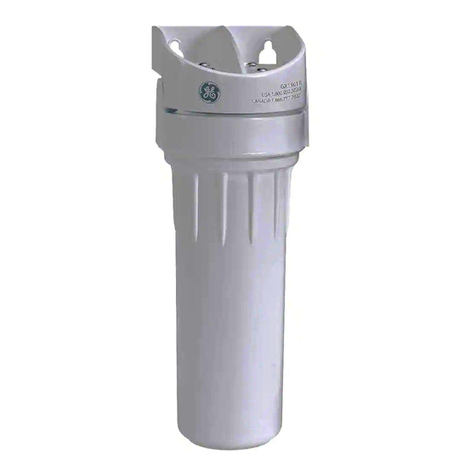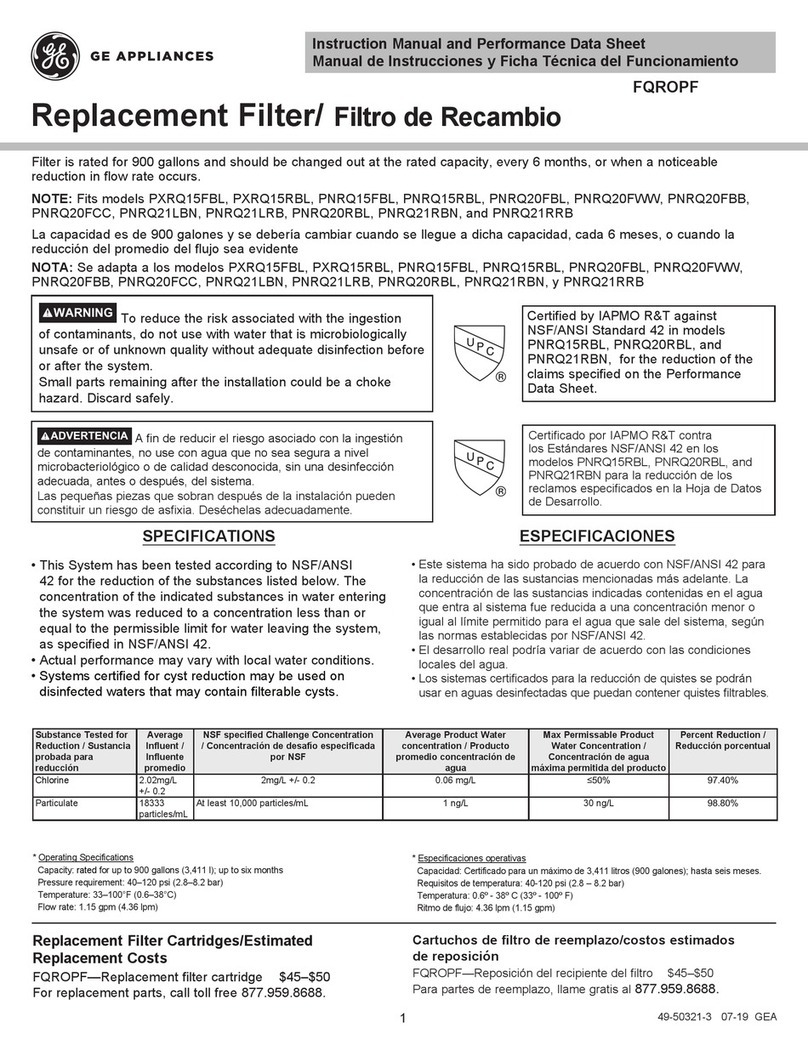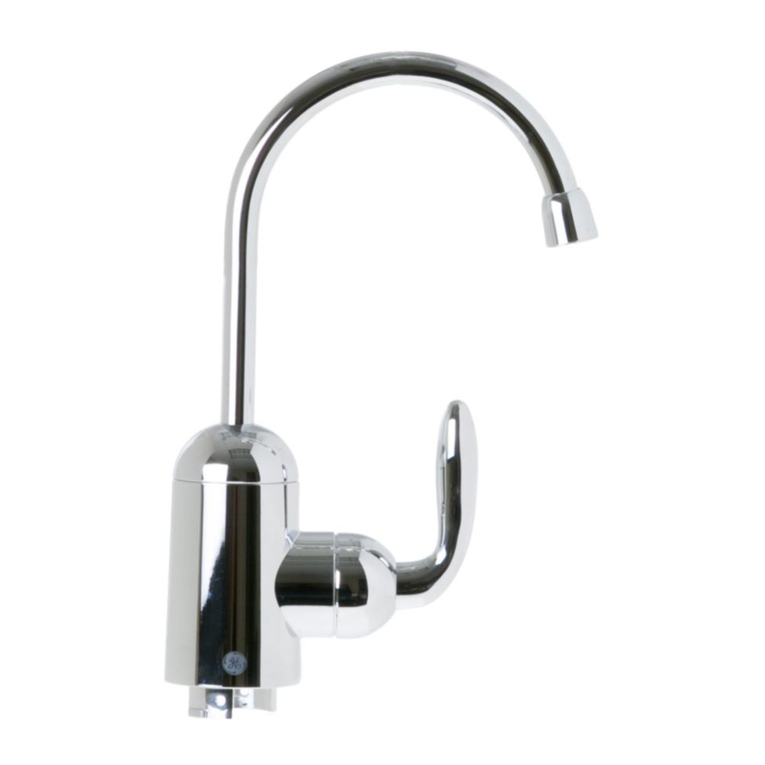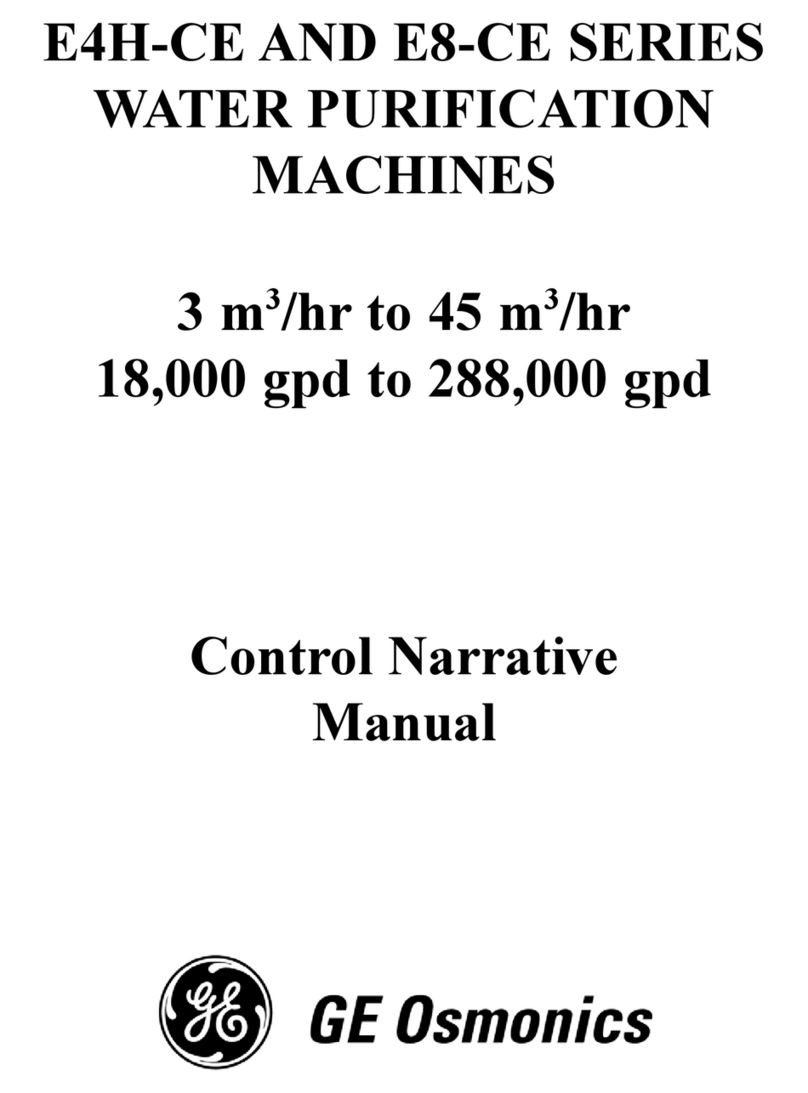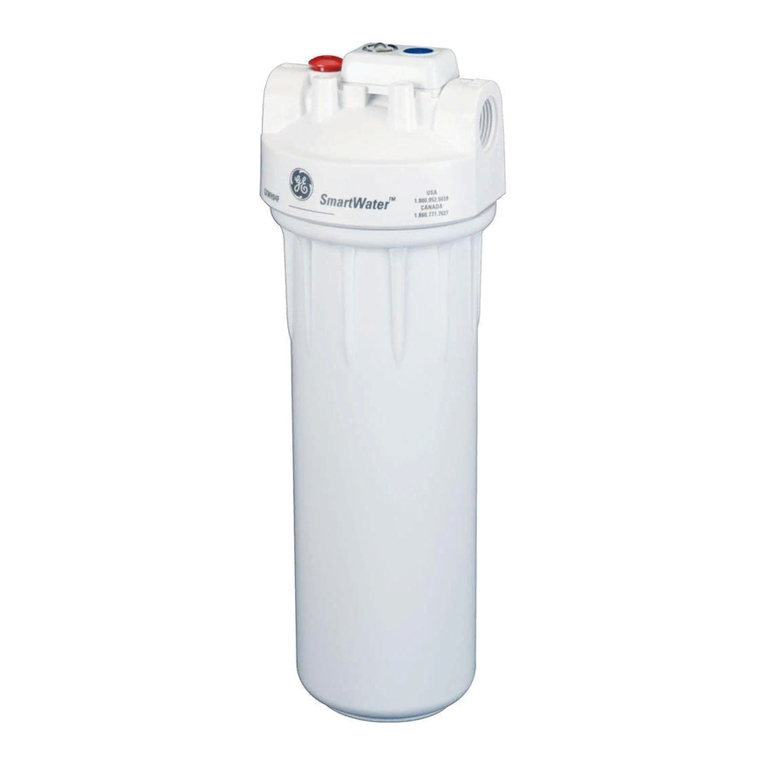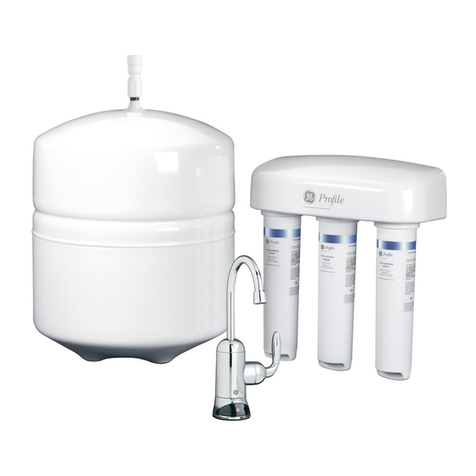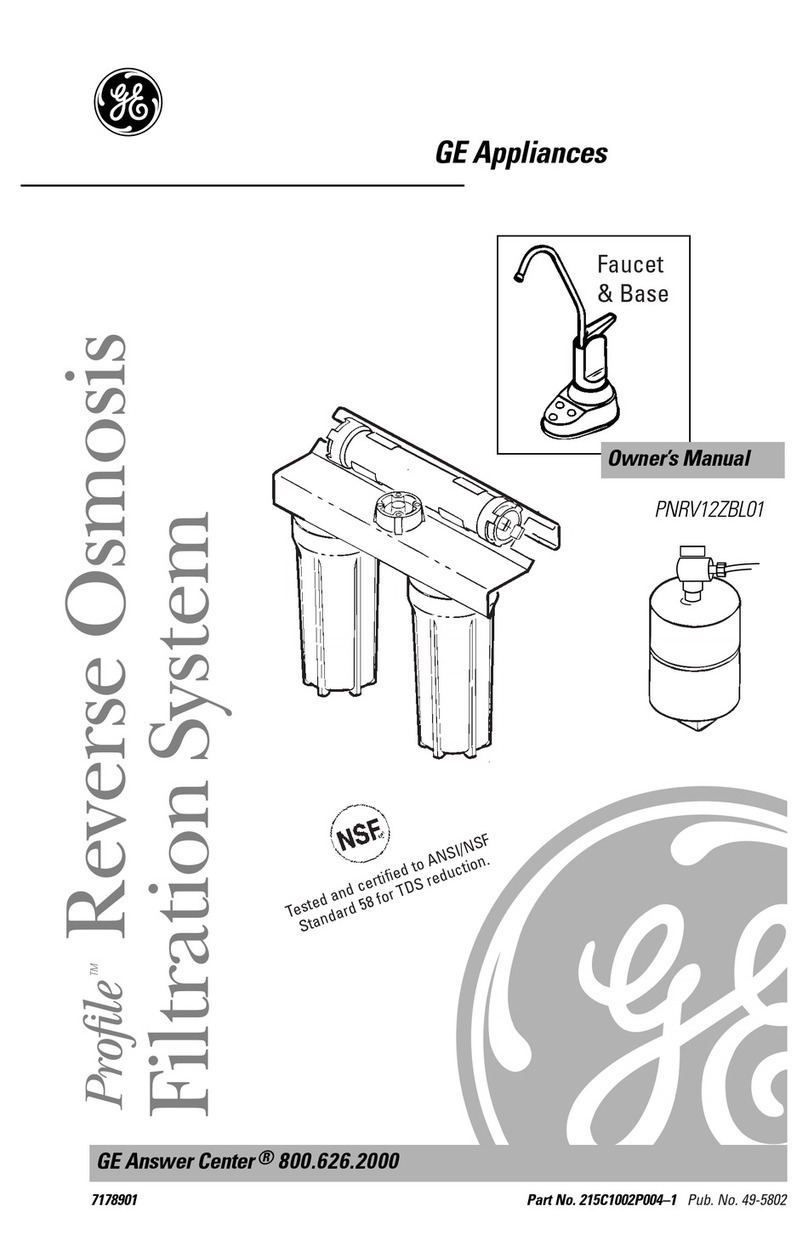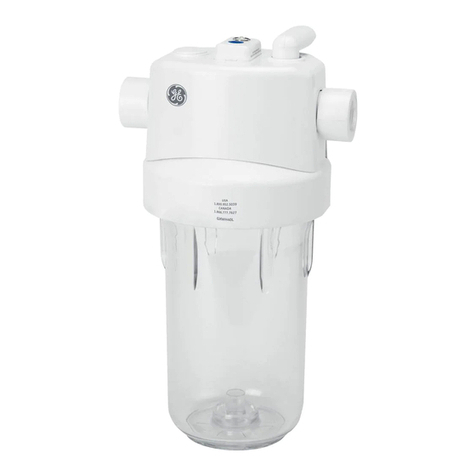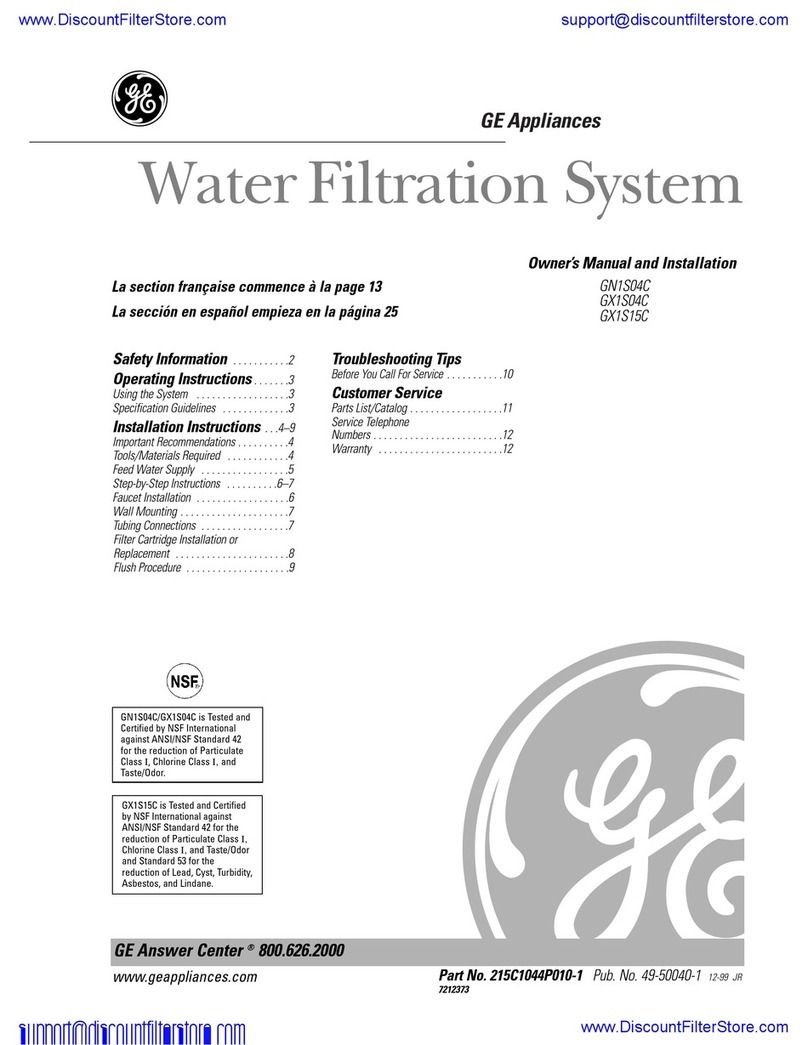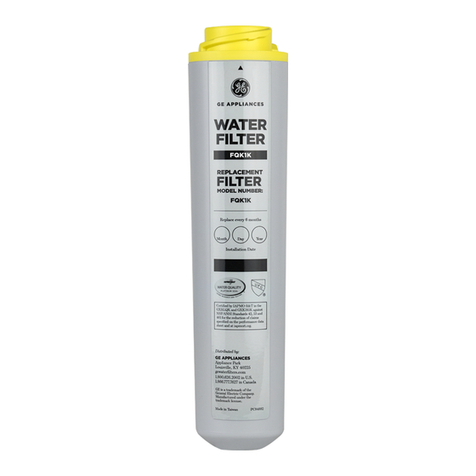
E4H Series
Operation & Maintenance Manual 2
TABLE OF CONTENTS
1. DESCRIPTION.......................................................................................................................................... 5
1.1. Definitions...................................................................................................................................... 5
1.1.1. Permeate Rate (Product Water Rate) [Qp] ............................................................. 5
1.1.2. Concentrate Rate (Reject Rate) [Qc] ......................................................................... 5
1.1.3. Feed Rate [Qf]..................................................................................................................... 5
1.1.4. Reverse Osmosis (RO)..................................................................................................... 5
1.1.5. Membrane Elements....................................................................................................... 6
1.1.6. CIP ........................................................................................................................................... 7
1.1.7. Average Pressure [PAVG]................................................................................................. 7
1.1.8. Concentration.................................................................................................................... 7
1.1.9. Salt (Ionic) Passage.......................................................................................................... 7
1.1.10. Recovery............................................................................................................................... 7
1.1.11. Salt (Ionic) Rejection ........................................................................................................ 7
1.2. Flow Description ......................................................................................................................... 8
1.3. Machine Nomenclature........................................................................................................... 9
1.4. Economy (ECN) Model and Deluxe (DLX) Model Options........................................... 9
1.4.1. ECN Model ........................................................................................................................... 9
1.4.2. DLX Model Option...........................................................................................................10
1.5. Specifications for E-Series Machines ..............................................................................10
1.5.1. Feed Water Specifications .........................................................................................11
1.5.2. Permeate Flow Rate......................................................................................................11
1.5.3. Concentrate Flow Rate................................................................................................11
1.5.4. Operating Final Pressure ............................................................................................11
1.5.5. Pump....................................................................................................................................11
1.5.6. RO Membrane Rejection .............................................................................................12
2. INSTALLATION......................................................................................................................................12
2.1. Mounting......................................................................................................................................12
2.2. Piping.............................................................................................................................................12
2.2.1. Inlet Piping.........................................................................................................................12
2.2.2. Valves Required for CIP, ECN Models Only..........................................................13
2.2.3. Concentrate Outlet Connection...............................................................................13
2.2.4. Permeate Outlet Connection ....................................................................................13
2.3. Electrical.......................................................................................................................................13
2.3.1. ECN Electrical System ..................................................................................................13
2.3.2. DLX Electrical System...................................................................................................14
3. PREPARATION AND START-UP ......................................................................................................14
3.1. Pretreatment for Water Purification................................................................................14
3.2. Start-Up........................................................................................................................................15
4. OPERATION AND MAINTENANCE.................................................................................................18
4.1. Daily Log Sheets .......................................................................................................................19
4.2. Pre-Filter.......................................................................................................................................19
4.3. Flushing ........................................................................................................................................19
4.4. Cleaning........................................................................................................................................20
4.4.1. CLEANING PROCEDURE ...............................................................................................20



